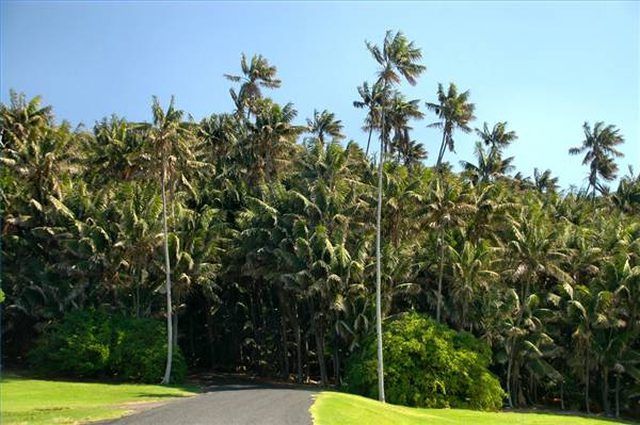Bulbs
Flower Basics
Flower Beds & Specialty Gardens
Flower Garden
Garden Furniture
Garden Gnomes
Garden Seeds
Garden Sheds
Garden Statues
Garden Tools & Supplies
Gardening Basics
Green & Organic
Groundcovers & Vines
Growing Annuals
Growing Basil
Growing Beans
Growing Berries
Growing Blueberries
Growing Cactus
Growing Corn
Growing Cotton
Growing Edibles
Growing Flowers
Growing Garlic
Growing Grapes
Growing Grass
Growing Herbs
Growing Jasmine
Growing Mint
Growing Mushrooms
Orchids
Growing Peanuts
Growing Perennials
Growing Plants
Growing Rosemary
Growing Roses
Growing Strawberries
Growing Sunflowers
Growing Thyme
Growing Tomatoes
Growing Tulips
Growing Vegetables
Herb Basics
Herb Garden
Indoor Growing
Landscaping Basics
Landscaping Patios
Landscaping Plants
Landscaping Shrubs
Landscaping Trees
Landscaping Walks & Pathways
Lawn Basics
Lawn Maintenance
Lawn Mowers
Lawn Ornaments
Lawn Planting
Lawn Tools
Outdoor Growing
Overall Landscape Planning
Pests, Weeds & Problems
Plant Basics
Rock Garden
Rose Garden
Shrubs
Soil
Specialty Gardens
Trees
Vegetable Garden
Yard Maintenance
How to Care for Kentia Palm
How to Care for Kentia Palm. Kentia palm (Howea forsteriana) is an elegant plant that can create a tropical atmosphere in any home. A native to Lord Howe Island near Australia, this plant has thin trunks with long green leaves or fronds. It is a durable, slow-growing plant, which is also suitable for indoor container growing. It can grow to 12 feet...

Kentia palm (Howea forsteriana) is an elegant plant that can create a tropical atmosphere in any home. A native to Lord Howe Island near Australia, this plant has thin trunks with long green leaves or fronds. It is a durable, slow-growing plant, which is also suitable for indoor container growing. It can grow to 12 feet in height. However, a Kentia palm plant needs the right conditions to thrive indoors. To care for Kentia palm properly, pay attention to correct lighting and watering levels.
Things You'll Need
Pot with hole
Potting soil mix
Water
Spray bottle
Water-soluble fertilizer
Plant your Kentia palm in potting soil mix that drains well and contains sand and peat. The pot used for planting should have a hole in the bottom so water can drain quickly. Once planted, the plant can stay in the container for three to five years before it needs repotting.
Place the plant in a room or area that receives bright indirect light. If spotting appears on the top fronds of the plant, this is an indication that it is getting too much bright light.
Water the Kentia palm only when the top one to two inches of soil begin to dry out. When watering, let the water drain into the saucer and discard the excess water. Overwatering may cause the roots to rot.
Check the plant leaves for signs of either overwatering or underwatering. If leaf fronds start to yellow and then turn brown, you are overwatering the plant. However, leaf tips that droop and turn brown are signs of underwatering.
Provide the plant with adequate humidity levels. Normally, this plant likes a humid environment. To care for Kentia palm properly, mist the plant leaves with tepid water to ensure optimum humidity conditions.
Feed the Kentia palm by using a water-soluble fertilizer during the plant's growing season, which is spring and summer. Monthly feedings are suitable for this plant. For proper use of fertilizer, follow the directions on the product label.
Check your plant for signs of pest infestations. Mites and mealybugs are insects that might infest this plant. To prevent this problem, spray the plant with warm water regularly. For mild infestations, a mild soapy mixture applied to the leaves can help with this problem (see Resources).
Tips & Warnings
Keep Kentia palm out of direct sunlight in the summer.
Intervals between watering will vary depending on the season and weather. In winter, the plant may require less watering.
Kentia palm can be sensitive to chemicals in water, so use untreated water for watering.